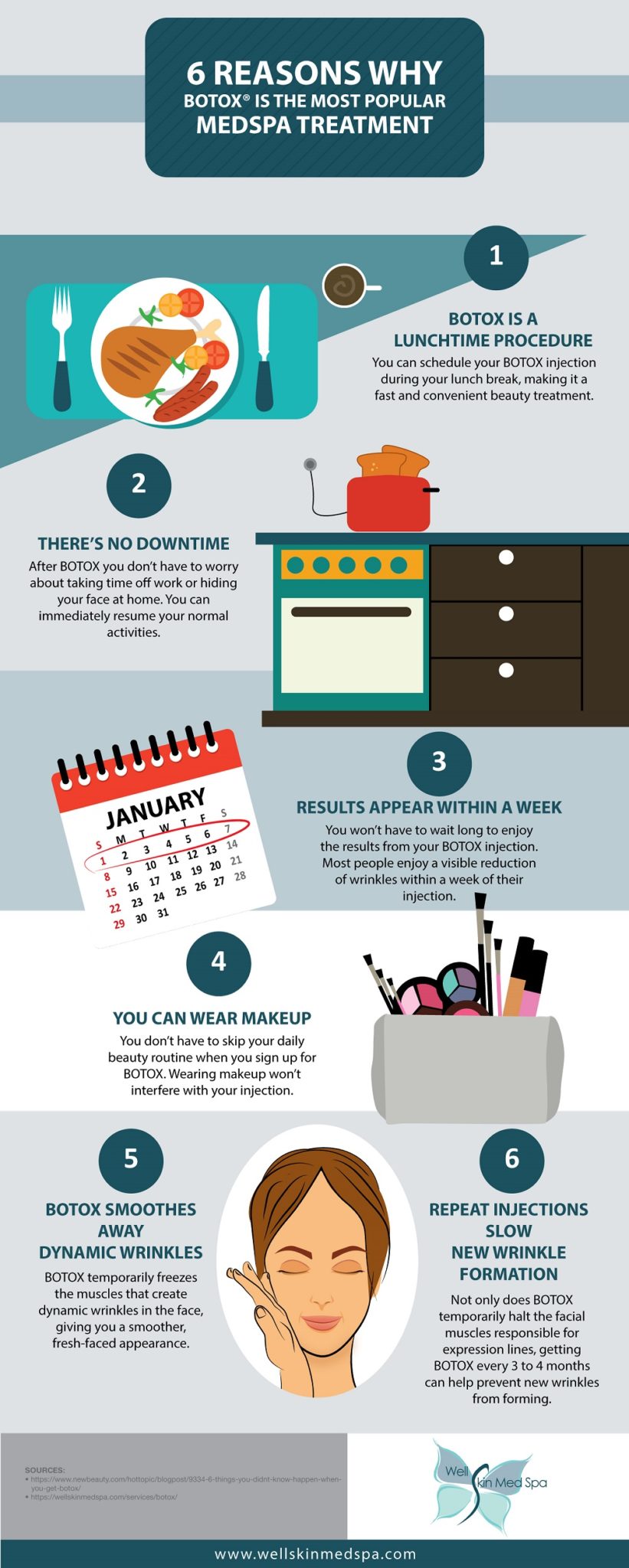Contrasting Traditional And Modern Approaches To Dealing With Glaucoma
Contrasting Traditional And Modern Approaches To Dealing With Glaucoma
Blog Article
Writer-Johannesen Petersson
Did you recognize that the development of glaucoma therapy methods spans centuries, incorporating both standard treatments and advanced developments? From old organic concoctions to sophisticated Minimally Intrusive Glaucoma Surgical procedure techniques, the spectrum of alternatives is substantial. As you look into the intricacies of conventional versus ingenious approaches, you might reveal unusual insights that challenge traditional viewpoints on treating this common eye condition.
Historic Advancement of Glaucoma Treatments
The historic evolution of glaucoma treatments goes back to old civilizations where different treatments were used to take care of the condition. In ancient Egypt, as an example, therapies involved a mixture of honey, fat, and sour milk related to the eyes. The Greeks and Romans likewise added to early glaucoma treatments with a concentrate on topical applications and dietary treatments. Throughout history, varied cultures established one-of-a-kind techniques to alleviate the symptoms of glaucoma, often rooted in natural solutions and superstitions.
As time progressed, improvements in medical knowledge caused even more methodical strategies to treating glaucoma. In the Middle Ages, Arabic scholars made considerable payments by researching the anatomy of the eye and creating surgical methods to resolve eye problems. These early innovations laid the foundation for contemporary glaucoma treatments that we have actually today. Recognizing the historic context of glaucoma therapies provides valuable understandings right into the continual progress and refinement of medical techniques over the centuries.
Comparison of Traditional Methods
In contrasting typical techniques for dealing with glaucoma, think about the historical contexts and efficiency of various remedies.
Typical therapies for glaucoma have actually advanced over centuries, from old practices like using honey and red wine to much more current developments such as eye decreases and surgeries. Historically, treatments like the application of leeches or herbal concoctions were used to ease symptoms, but their efficiency was limited.
As time progressed, techniques like iridectomy, where a part of the iris is eliminated, became preferred for decreasing intraocular pressure. Some conventional methods, like utilizing oral drugs to decrease eye stress, have actually stood the test of time and are still used today. Nonetheless, these therapies usually include negative effects and may not be as reliable as modern alternatives.
It's important to consider the historical significance of typical glaucoma treatments against their efficacy in the context of present medical developments.
Evaluation of Innovative Therapy Techniques
Considering the progressing landscape of glaucoma treatment, innovative approaches are transforming the way this eye condition is handled.
One remarkable improvement is minimally intrusive glaucoma surgery (MIGS), which offers a much less invasive alternative to conventional surgeries. Vision Correction Bladeless Laser Eye Surgery to decrease intraocular pressure by boosting the eye's all-natural drainage system, causing less problems and faster recovery times compared to standard surgical treatments.
Furthermore, tests done before cataract surgery of sustained-release medicine shipment systems has provided a more reliable method to provide glaucoma medicine. These systems can launch drug slowly over a prolonged duration, enhancing individual adherence and decreasing the frequency of eye declines.
Additionally, arising technologies like discerning laser trabeculoplasty (SLT) use a non-invasive alternative for lowering intraocular stress by targeting specific cells in the eye's drain system.
Final thought
As you reflect on the development of glaucoma treatments, you can see just how typical approaches have paved the way for ingenious methods to emerge.
From old solutions to modern improvements, the journey of treating this complex eye condition has been like a rollercoaster ride.
However with new techniques like MIGS and sustained-release medication shipment, the future appearances brighter than ever before for people seeking reliable and much less intrusive remedies.
